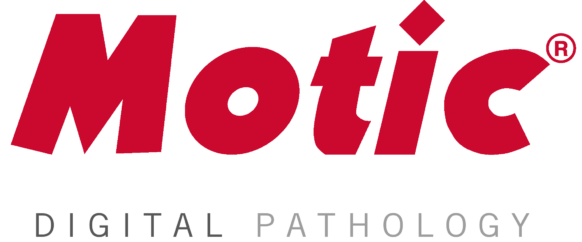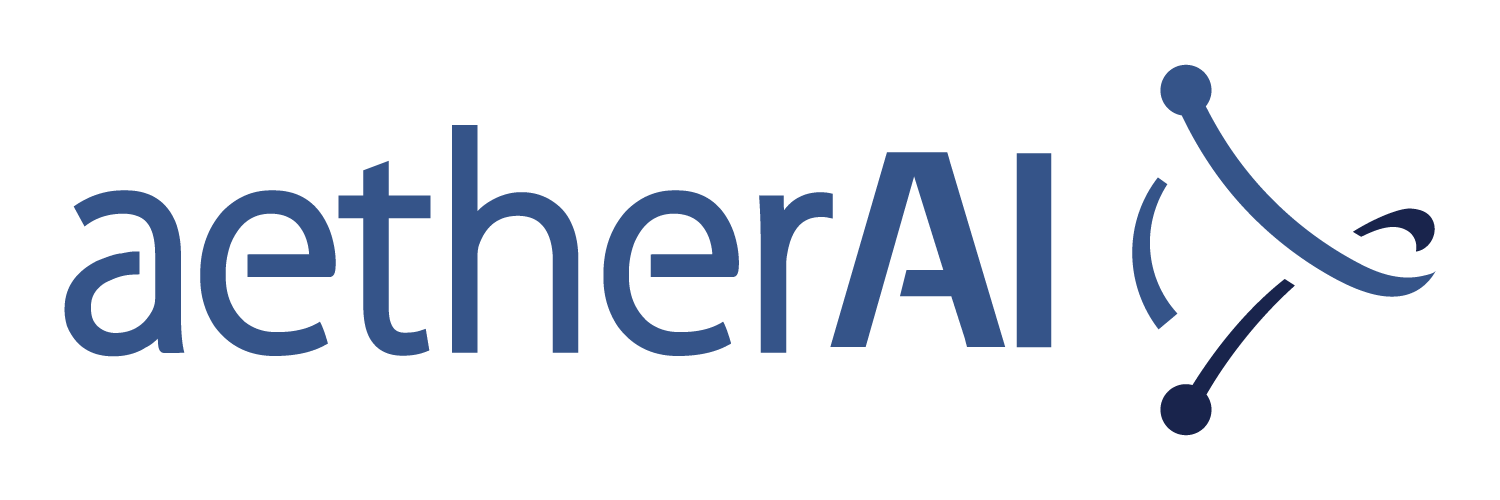Validating Whole Slide Imaging for Diagnostic Purposes in Pathology
A busy few weeks of news continues with announcement that the College of American Pathologists has released their much anticipated validation plan guidelines for use of whole slide imaging for diagnostic purposes in pathology and has kindly agreed to share the news with readers. Thanks and congratulations to Liron and the panel for leading the charge on this effort with the College. Additional key points/recommendations/guidelines and links for additional information and resources for the entire twelve practical recommendations are below.
This news comes on the heels of recent stories mentioned on this site about expansion of pathology services abroad, system certification in Canada and increasing cooperative distributor agreements for scanning and software manufacturers in the digital pathology space.
 The College of American Pathologists (CAP) has released a new evidence-based guideline:
The College of American Pathologists (CAP) has released a new evidence-based guideline:
Validating Whole Slide Imaging for Diagnostic Purposes in Pathology
This clinical guideline, now available in Archives of Pathology & Laboratory Medicine, is the first-of-its kind and marks a significant step forward in demonstrating the value of this emerging technology for diagnostic use.
The document serves as a practical guide for pathologists and laboratories to confirm the accuracy and concordance of their own whole slide imaging (WSI) systems for diagnostic work while ensuring the digital tool is being used properly for its intended clinical purpose in an effort to deliver optimal patient care.
Twelve practical recommendations are outlined in the guideline, including the following key items:
- Validation of the entire WSI system, involving pathologists trained to use the system, should be performed in a manner which emulates the laboratory’s actual clinical environment.
- It is recommended that such a validation study include at least 60 routine cases per application, assessing intraobserver diagnostic concordance between digitized and glass slides viewed at least two weeks apart.
- It is important that the validation process confirms that all material present on a glass slide to be scanned is included in the digital image.
Currently, the US Food and Drug Administration does not approve WSI systems for primary diagnosis. In that context, this CAP guideline gives current recommendations while preparing its members for wider adoption of digital imaging technology in the future. Pathologists practicing abroad can begin to implement the guideline immediately in concordance with their country’s regulatory guidelines for using WSI in making primary diagnoses.
The CAP offers tools and resources, including a downloadable summary of the recommendations, Frequently Asked Questions (FAQs) and a teaching presentation for further implementation and understanding of the guideline. In addition, members can learn how others are using digital pathology by reading chapter 7, “Digital Pathology: New Technology Breaks the Distance Barrier,” in the CAP’s ebook, New Paths…New Choices: Pathology in an Era of Advancing Science and Disruptive Health Economics.
The CAP also will host a webcast on Friday, May 17 to provide an overview of the guideline. Registration information will be coming soon. Submit your questions on the guideline in advance of the webcast to center@cap.org no later than May 10.
The CAP Pathology & Laboratory Quality Center (the Center), a forum for developing evidence-based guidelines and consensus recommendations, provided the process for creating the guideline. Liron Pantanowitz, MD, FCAP, led a panel of North American experts in the digital pathology field to develop the recommendations based on collective experiences and an extensive global literature review. The guideline will be updated as appropriate as new evidence-based research becomes available.
The guideline is another tool available to CAP members under the Transformation initiative to help pathologists ensure they can deliver in a changing health care environment and to enable the specialty’s sustainable advantage.
































